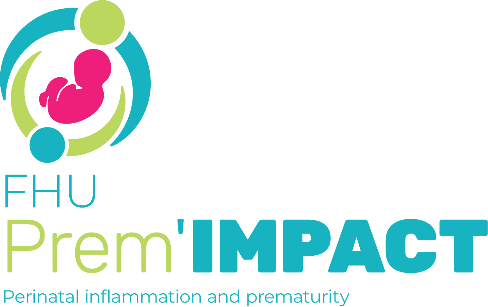Abstract
This study analyzed the longitudinal evolution of intestinal microbiota in very preterm neonates (PN) during and after their hospitalization. The bacterial 16S rRNA gene sequencing approach was applied for the analysis of fecal samples (n = 1,307) from 596 PN. Samples were collected at one week after birth, at one month, at the neonatal intensive care unit discharge, and at 3.5 years of age. Over time, the intestinal microbiota of the infants matured progressively, with increasing alpha diversity and decreasing beta diversity. Based on a Dirichlet multinomial mixture clustering approach (DMM), during hospitalization, infants progressed among ten different clusters. At 3.5 years of age, only three clusters were identified. The influence of the gestational age, the neonatal antibiotic administration, and the maternal antibiotic therapy during delivery on the gut microbiota varied over time and depended on the sampling period. Preconceptional maternal body mass index (BMI) was associated with the gut microbiota of infants during the hospitalization period and at 3.5 years of age. Infants with a lower gestational age or those born by Cesarean section shifted between clusters more frequently. Using PICRUSt2, the inferred metabolic pathways revealed a change in the functional capacities of the intestinal microbiota over time. We found that preconceptional maternal BMI was the only consistent perinatal factor influencing the development of the gut microbiota over time. After hospital discharge, infants exhibited a transition toward a microbiota community similar to that of adults by 3.5 years of age, in accordance with the functional metabolic pathways of the gut microbiota.IMPORTANCEThis study is among the very few reports analyzing the gut microbiota development in very preterm infants over time in a large, multicenter population of 596 children from a well-described nationwide birth cohort, with a follow-up until the age of 3.5 years. The maturation of the intestinal microbiota was confirmed to occur over time, with increased alpha diversity and decreased beta diversity. Specifically, 13 microbiota clusters were identified during the hospitalization period, while and only three clusters were observed at 3.5 years. Infants born prematurely or via Cesarean section exhibited a less stable microbiota, frequently shifting clusters. A number of perinatal factors were identified as influencing the development of the microbiota. Among these, the preconceptional maternal BMI emerged as the only consistent factor up to 3.5 years. The metabolic pathways of the microbiota evolved over time, in accordance with the maturation of the gut microbiota.
